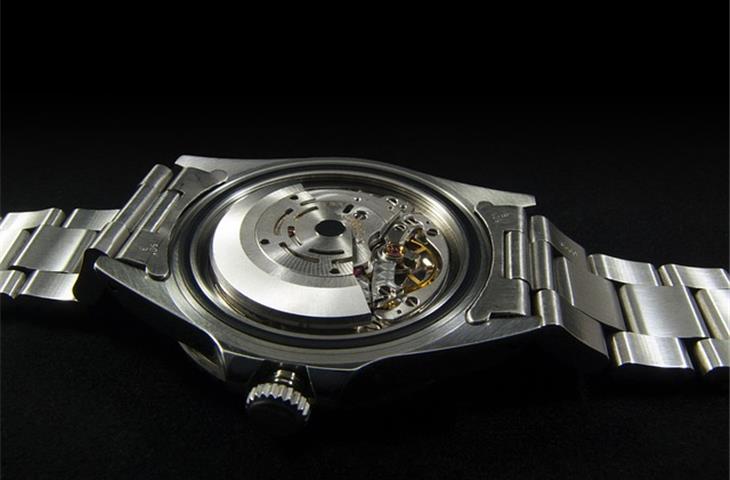Comprehending GMT, or Greenwich Mean Time, is essential for everyone engaged in global business, travelling, or merely interested about the planet’s time zones. GMT functions like the major indicator for regulating time globally. Let’s plunge into five key questions that frequently come up when talking about GMT.
What exactly is GMT, I mean, you know, that whole Greenwich Mean Time thing?
So what’s the deal with GMT and UTC? They’re pretty similar but have their differences.
What’s up with using GMT in aviation, right? pilots got it tied in everywhere!
Now let’s tackle the nitty-gritty. Are there any catches when dealing with GMT?

What exactly is GMT, I mean, you know, that whole Greenwich Mean Time thing?
GMT is just solar time, kind of solar time, measured from this observatory thing in Greenwich, the city. GMT kind of defines time for time zones in many places, major areas like Europe and the continent especially.
So it’s just essentially revolves around Earth spinning stuff and serves as the reference point for figuring out other time zones. It is essential to know GMT if you want to keep scheduling aspan multiple locations in the world.

So what’s the deal with GMT and UTC? They’re pretty similar but have their differences.
You often hear people throw these terms about, Greenwich Mean Time and UTC, but they’re almost like double bacon-like items; both have distinct tastes, even if they’re a bit similar. See, Greenwich Mean Time uses Earth’s rotation, like its daily orbit around the sun. But UTC is all scientific; they got those large atomic timekeeping devices for that. UTC, that’s the global standard time system. Greenwich Mean Time is just a time division that’s like UTC but is subject to change for summer time, like in summertime.
Okay, let’s break down the difference between GMT and local time, because that’s a big confusion area.
So, local time? It’s like what your local timepiece tells you at your place. It can vary than Greenwich Mean Time, I mean, they could both tell different hours based on where you’re standing. For instance, if it’s 12 PM Greenwich Mean Time, it might be 1 PM in London (which follows Greenwich Mean Time), but 8 AM in New York (which is 5 hours behind Greenwich Mean Time). Just depends on where you are on Earth—Greenwich Mean Time changes according to what time division that corner is on.

What’s up with using GMT in aviation, right? pilots got it tied in everywhere!
You know aviators? They use GMT to keep track of flight itineraries and all that. It’s a significant matter for communication and navigation, you know? Airline crews and Air Traffic Controllers rely on GMT so everyone’s on the same timeline, huge, especially for those who span multiple time zones. And this helps them chart more effective routes and, like, ensure safety in the air.
Now let’s tackle the nitty-gritty. Are there any catches when dealing with GMT?
Keeping up with GMT gets tricky ’cause times vary widely. With time zones around the globe, it can get real confusing. Like planning something between far-off lands? could become extremely confusing. And enter daylight saving time? That can also disrupt GMT. Adding an extra level of complexity to time management.